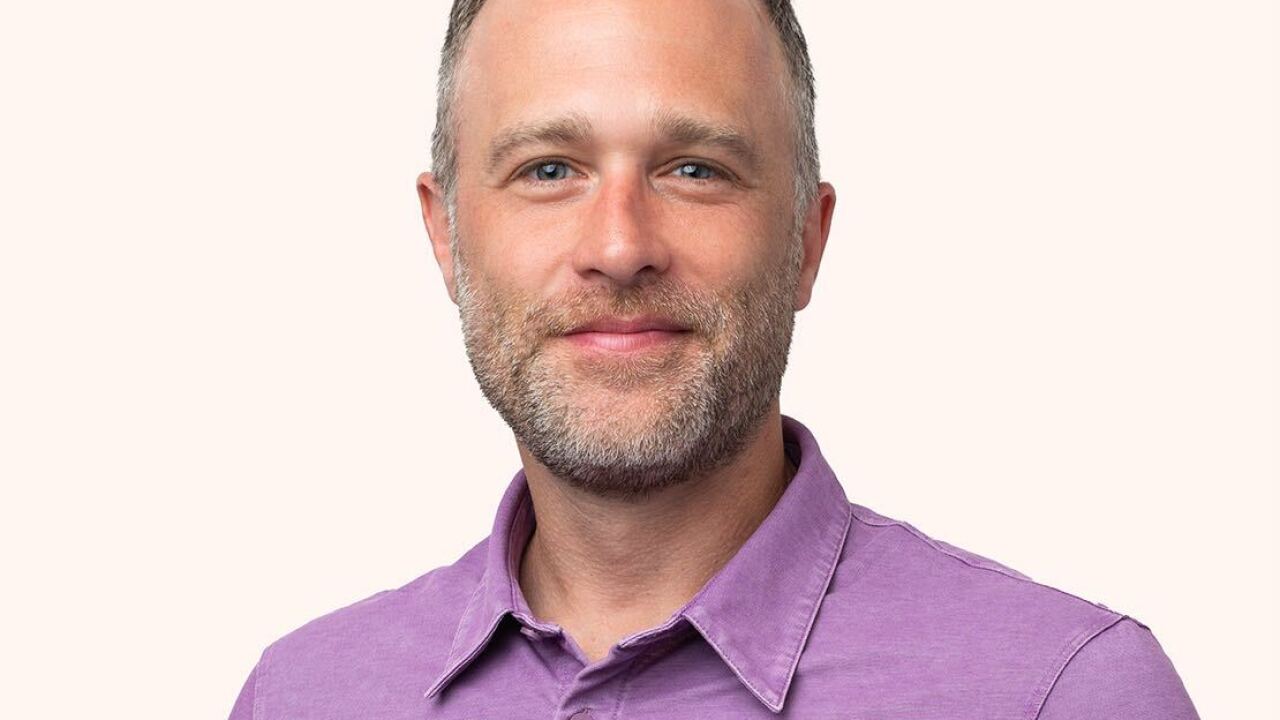The women's leadership group at Union Bank of California has grown so quickly in just two years that it now has three chapters in its home state. Yet its budget is limited, so when its Los Angeles/Orange County chapter couldn't find a low-cost venue for a get-together recently, the leadership group's founder, JoAnn Bourne, offered to host the event at her home.
"We had 50 people and my husband and I barbecued in the backyard," says Bourne, Union Bank's senior vice president for corporate deposits and global treasury management. "People said it was great to get out and talk in a more relaxed setting. A lot of friendships and business alliances were forged that night."
For banks' affinity groups, informal gatherings like this are becoming the rule rather than the exception. Though budgets for programs designed to promote the advancement of women and minorities aren't necessarily being cut, event organizers say they are being extra careful these days about how they spend the company's money.
They are holding down costs by asking guest speakers to waive fees or replacing off-site retreats with on-site wine and cheese parties. The Women's Empowerment Round Table at UMB Financial Corp. in Kansas City, Mo., for example, keeps its costs down by holding its three-hour monthly meetings in the afternoon, instead of over lunch or happy hour, says Andrea Hendricks, the senior vice president of diversity and corporate development.
It's important to note that even in these lean times, many banks remain committed to their women's network groups. Though its budget for diversity initiatives has stayed flat, HSBC Bank USA has not scaled back on the number of leadership classes or networking events it offers women, says Diane D'Erasmo, executive vice president for commercial banking. "The bank does a lot to encourage diversity," she said. "It's part of our DNA."
KeyBank in Cleveland has several affinity groups, including the executive women's network, and is about to launch more: a military support group for employees who are veterans or have a relative on active duty; an ability group for disabled employees; and a millennial group targeting younger staff members.
One reason it afford to expand its networking groups is that it distinguishes between events that warrant the bank's full sponsorship and those for which employees should pay. For example, a female leader in its African-American networking group wanted to have a gathering with a subgroup of African-American women, and while the bank supported the gathering it didn't pick up the ladies' tab. "Something like that might be a new idea-a great idea-but let's not take anything away from the [entire] group," says Margot James Copeland, the bank's executive vice president for corporate diversity and philanthropy
Guiding Union Bank's group, Bourne doesn't allow a precarious economy to diminish program quality. She holds down the cost of meetings by inviting speakers who charge a nominal fee, if any. In addition to relying on the kindness of near-strangers, the group draws on internal resources. At its most recent group-wide meeting, the women's network hosted female members of Union Bank's board of directors who led a panel discussion.
The women's employee network group of HSBC employs the same strategy with its speaker series — often with surprising results. Rebecca Shambaugh, author of "It's Not a Glass Ceiling, It's a Sticky Floor," addressed the group simply because "someone met her and she came," D'Erasmo says.
"You'd be surprised how many people really like to come and talk to a group of women."
Mentoring, perhaps the most effective tool for helping women advance in the workplace, costs virtually nothing.
Backyard cookouts may boost collegiality more than catered dinners in rented halls. Ideas shared over cookies and punch are as worthy as those shared over steak dinners. A quiet chat between mentor and protégé might be more instructive than expensive workshops. As banks employ these strategies and others to do more with less for women, they discover that low-cost-even no-cost-investments can yield tremendous returns, says UMB's Hendricks.
Darlene Ellison, vice president for community and business development at Professional Bank in Dallas, says that while banks have to be mindful of the costs, she doubts that funding has any bearing on the success of women's networks. The key is to have the right person serving as the organization's sparkplug.
"If someone told me their program went away because of the economy, I would tell them they probably laid off the person pulling the strings," she says.





